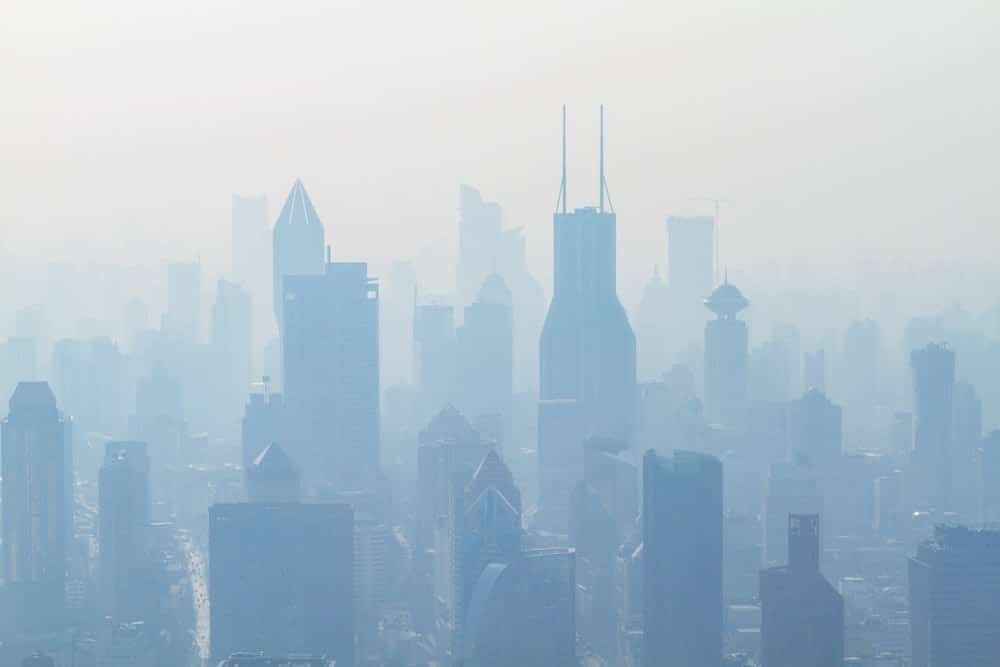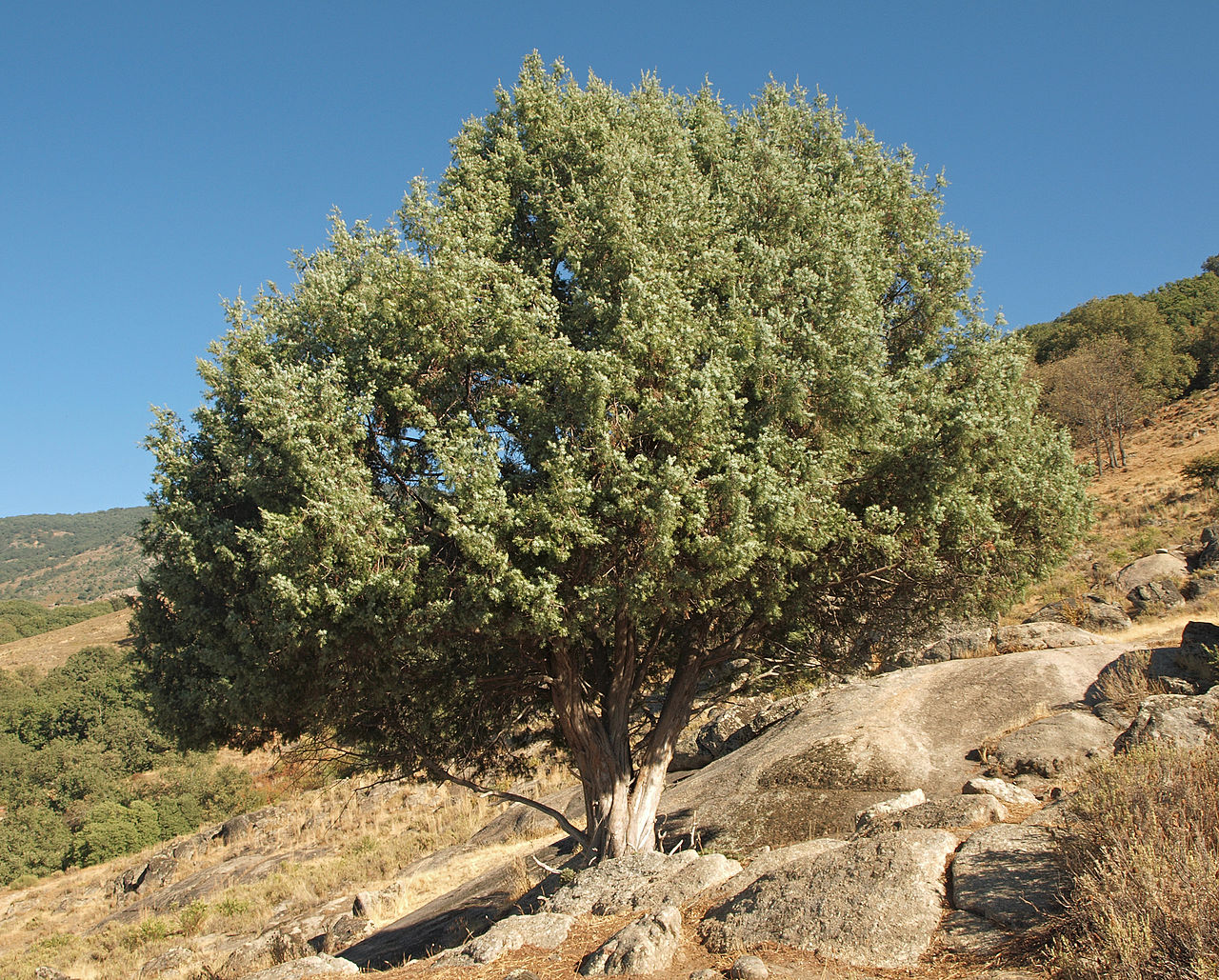
The World Meteorological Organization (WMO) has released its report, highlighting the fact that the European heatwave of 2022 has caused ozone pollution levels to soar. At the same time, smoke from forest fires is damaging the health of humans, ecosystems and crops.
The report highlights how heat waves have caused wildfires in the north-western USA and how, like heat waves accompanied by desert dust intrusions in Europe, they have lowered air quality to dangerous levels in 2022.
WMO Secretary-General Petteri Taalas declared yesterday that
“Heat waves degrade air quality, impacting human health, ecosystems, agriculture and, indeed, our daily lives.”
“Climate change and air quality cannot be treated separately. They go hand in hand and must be tackled together to break this vicious circle”, he insisted.
The summer of 2022 was the hottest on record in Europe. The prolonged heat wave led to increased concentrations of ground-level ozone and particulate matter.Hundreds of air quality monitoring sites recorded ozone levels above the limit recommended in the World Health Organization’s (WHO) air quality guidelines of 100 μg m-3 for 8 hours of exposure. This situation occurred first in southwestern Europe, then in central Europe and finally in the northeast, following the spread of the heat wave across the continent.”This bulletin concerns the year 2022.
What we are witnessing in 2023 is even more extreme. July was the hottest month on record, with intense heat in many parts of the Northern Hemisphere, a situation that continued into August,” Taalas said.It is well known that heat waves and drought are conducive to the outbreak of forest fires, which then develop rapidly when they encounter dry, easily combustible vegetation.
Such situations can lead to an increase in aerosol emissions.The report points out that atmospheric deposition of nitrogen compounds downwind of fires also has an impact on ecosystems – a phenomenon that will increase with global warming and heat waves. Fires have ravaged vast areas of Canada, caused tragic damage and death in Hawaii, and caused severe damage and loss of life in the Mediterranean region.

In the western USA, California and the north-western US, the WMO reports that fires have contributed significantly to nitrogen deposition in several natural ecosystems, often exceeding critical load thresholds.”Fires are responsible for lowering air quality to dangerous levels for millions of people, and for moving smoke plumes across the Atlantic and as far as the Arctic,” explained Taalas.
In terms of agricultural impact, crop losses due to ozone average between 4.4% and 12.4% for staple food crops worldwide. Wheat and soybean losses can even reach 15% to 30% in the main agricultural regions of India and China.





